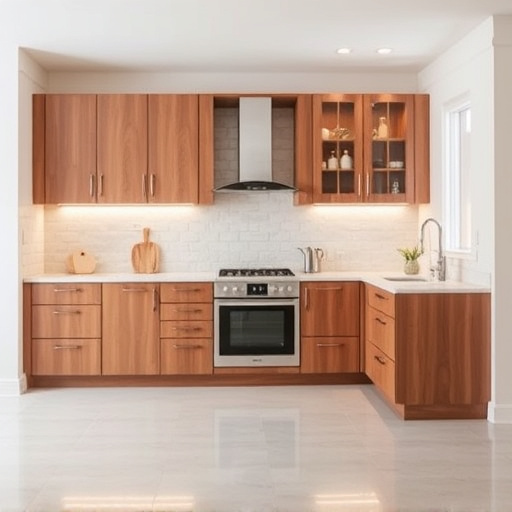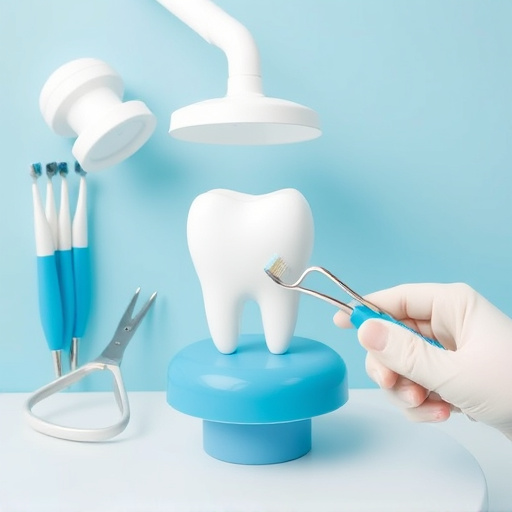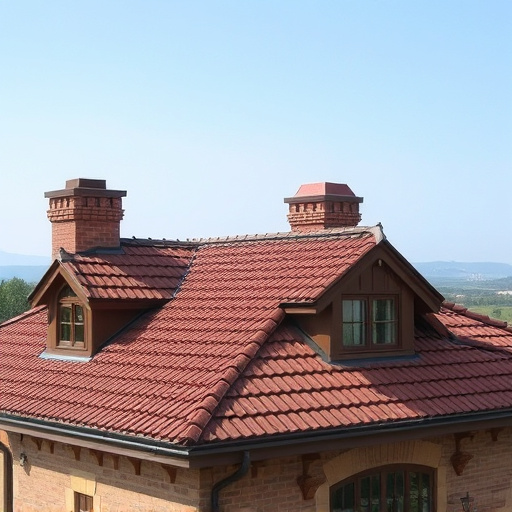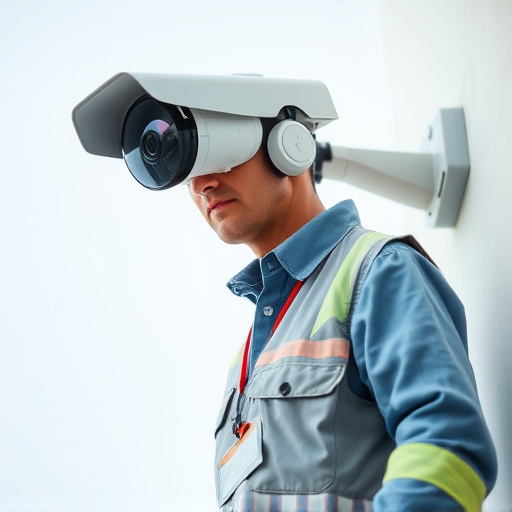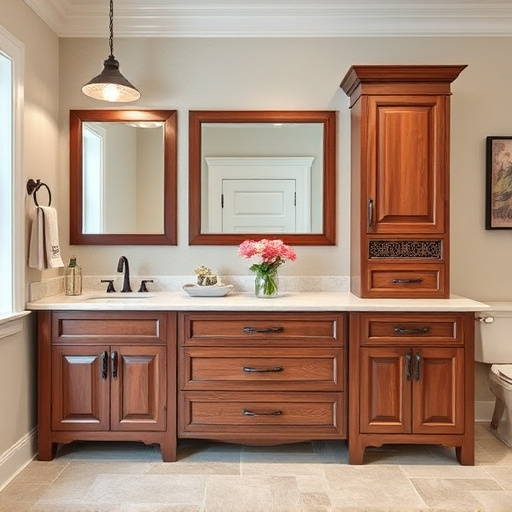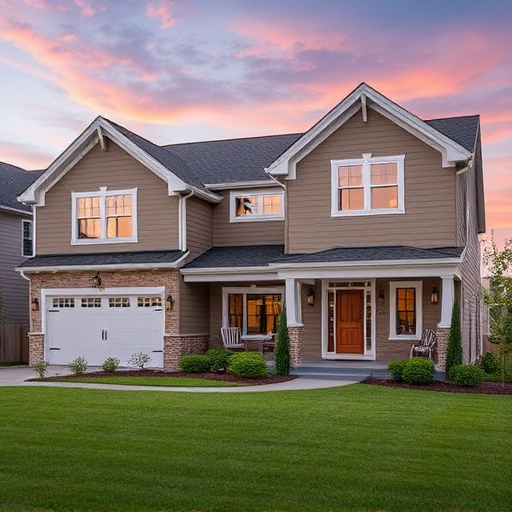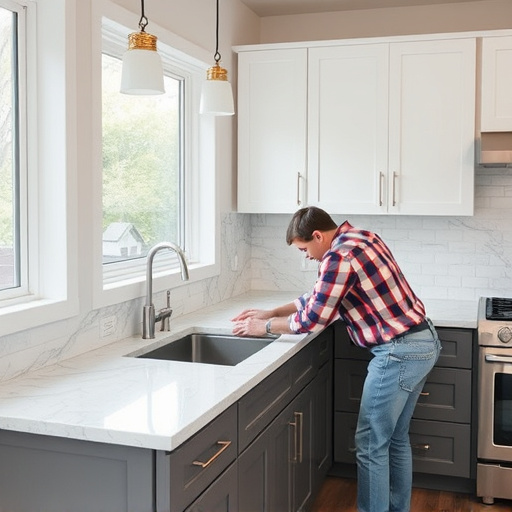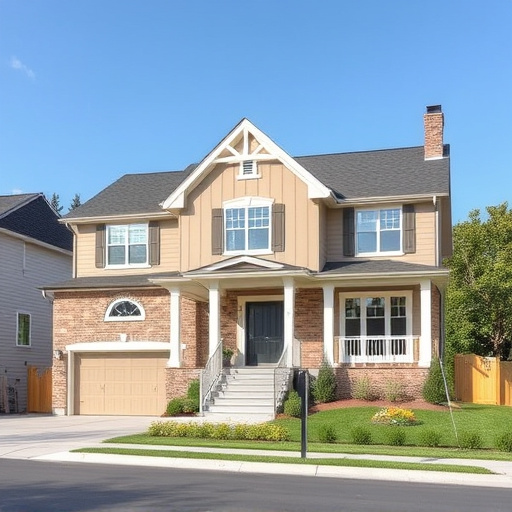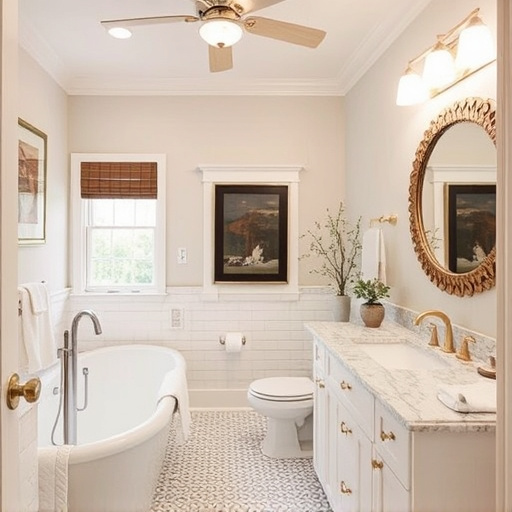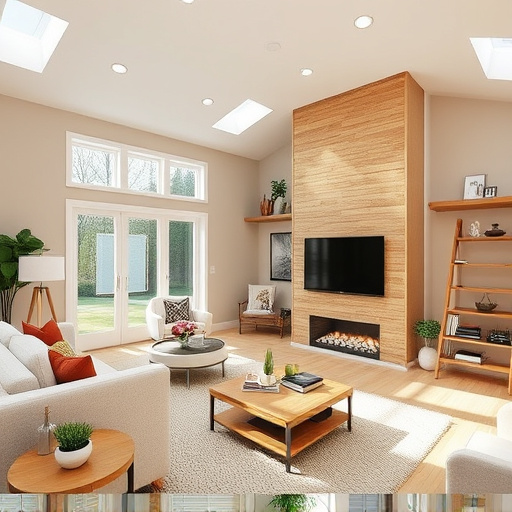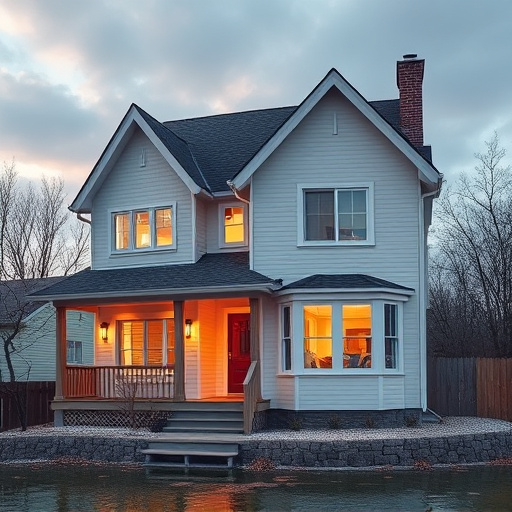Commercial upgrade planning requires distinct approaches for offices and retail spaces. Offices focus on functionality, flexibility, and comfort, reconfiguring layouts, adding technology, and prioritizing privacy. Retail environments aim to enhance customer experience through strategic design, merchandise placement, and interior upgrades like painting. Effective commercial upgrade strategies for larger properties involve detailed pre-planning, assessing current layouts, and coordinating renovations while minimizing disruptions, integrating aesthetic improvements with practical enhancements.
In today’s dynamic business landscape, successful commercial upgrade planning is paramount. This article delves into the distinct approaches required for office and retail spaces, highlighting critical differences in their unique needs. For offices, the focus shifts to enhancing productivity and collaboration, while retail environments prioritize customer experience through strategic design. Understanding these disparities is key to executing seamless upgrades, ensuring businesses thrive in a competitive market. Explore effective strategies for navigating these challenges and achieving optimal outcomes with commercial upgrade initiatives.
- Understanding Unique Needs of Office Spaces
- Retail Environments: Customer Experience Focus
- Strategic Planning for Seamless Commercial Upgrades
Understanding Unique Needs of Office Spaces
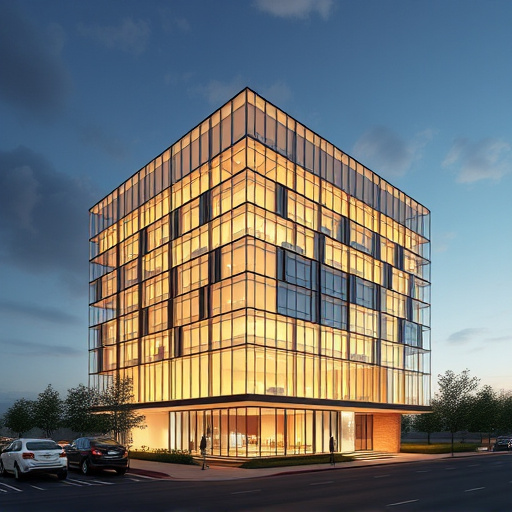
Office spaces present unique challenges and requirements when it comes to commercial upgrade planning compared to retail environments. In the realm of office design, functionality and efficiency are paramount. Businesses operating in offices often require adaptable and flexible layouts to cater to changing team structures and collaboration needs. This might involve reconfiguring desks, adding conference rooms, or incorporating technology infrastructure for streamlined operations.
Unlike retail spaces that primarily focus on attracting customers through aesthetics and product display, offices prioritize open communication, privacy, and comfort for employees. Considerations like soundproofing, ergonomic furniture, and adequate lighting are essential to ensure a productive work environment. When planning a commercial upgrade, understanding these nuances is crucial to enhance the overall productivity and satisfaction of office occupants, ultimately contributing to the success of any business operating within these spaces.
Retail Environments: Customer Experience Focus
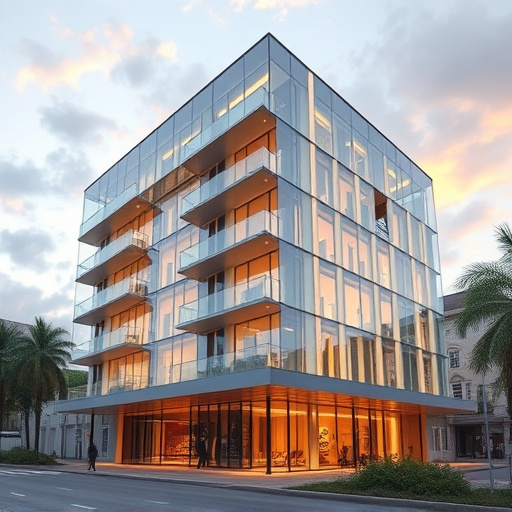
Retail environments are unique in their focus on the customer experience, a key differentiator when planning any commercial upgrade. Unlike offices, where the primary goal is often to create a functional and productive space, retail stores must design an inviting atmosphere that encourages browsing, interaction, and ultimately, purchases. This means carefully considering every element of the physical space, from the moment customers enter the store until they leave.
The customer journey is a vital aspect here; retail spaces should be designed to guide shoppers seamlessly through product displays, with strategic placement of merchandise, well-planned lighting, and intuitive floor layouts. Interior painting and floor replacements play significant roles in achieving this, offering opportunities to refresh brand identities or create distinct areas for different product categories. Even minor upgrades, like adding a new display rack or updating flooring, can significantly impact the overall customer experience.
Strategic Planning for Seamless Commercial Upgrades
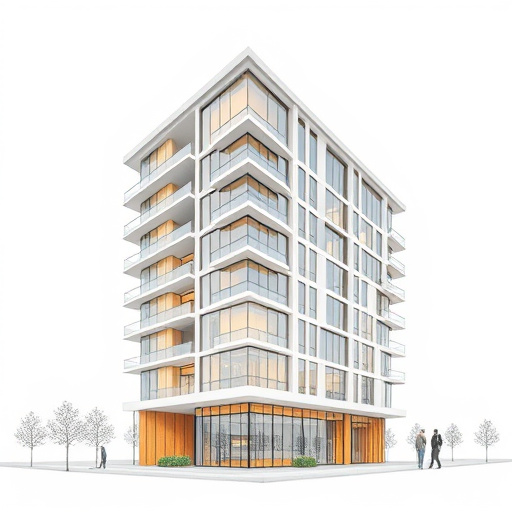
Effective commercial upgrade planning necessitates a strategic approach to ensure seamless transitions and minimal disruptions during renovations. Unlike residential spaces, commercial properties often require more complex coordination due to their larger size, diverse occupiers, and stringent operational needs. Therefore, thorough pre-planning is crucial, encompassing comprehensive assessments of current layouts, functionality, and future business objectives. This involves meticulous consideration of every aspect, from structural changes and interior painting to updating electrical systems and enhancing security features.
A well-orchestrated strategy should factor in the impact on daily operations, employing innovative solutions like modular design or temporary relocations for certain functions. Moreover, it’s essential to integrate aesthetic upgrades, such as fresh exterior painting to enhance curb appeal, with practical enhancements that boost productivity and employee satisfaction. Through meticulous strategic planning, commercial spaces can undergo transformations that elevate their functionality and aesthetics without compromising business continuity.
In navigating the complexities of commercial upgrade planning, understanding the distinct needs of office and retail spaces is paramount. While offices require strategic planning focused on employee productivity and workflow, retail environments demand a customer-centric approach that enhances the shopping experience. By adopting tailored strategies for each sector, businesses can ensure seamless upgrades, fostering growth and competitiveness in today’s dynamic market. This comprehensive consideration of commercial upgrade processes is a game-changer, enabling successful transformations in any business environment.
